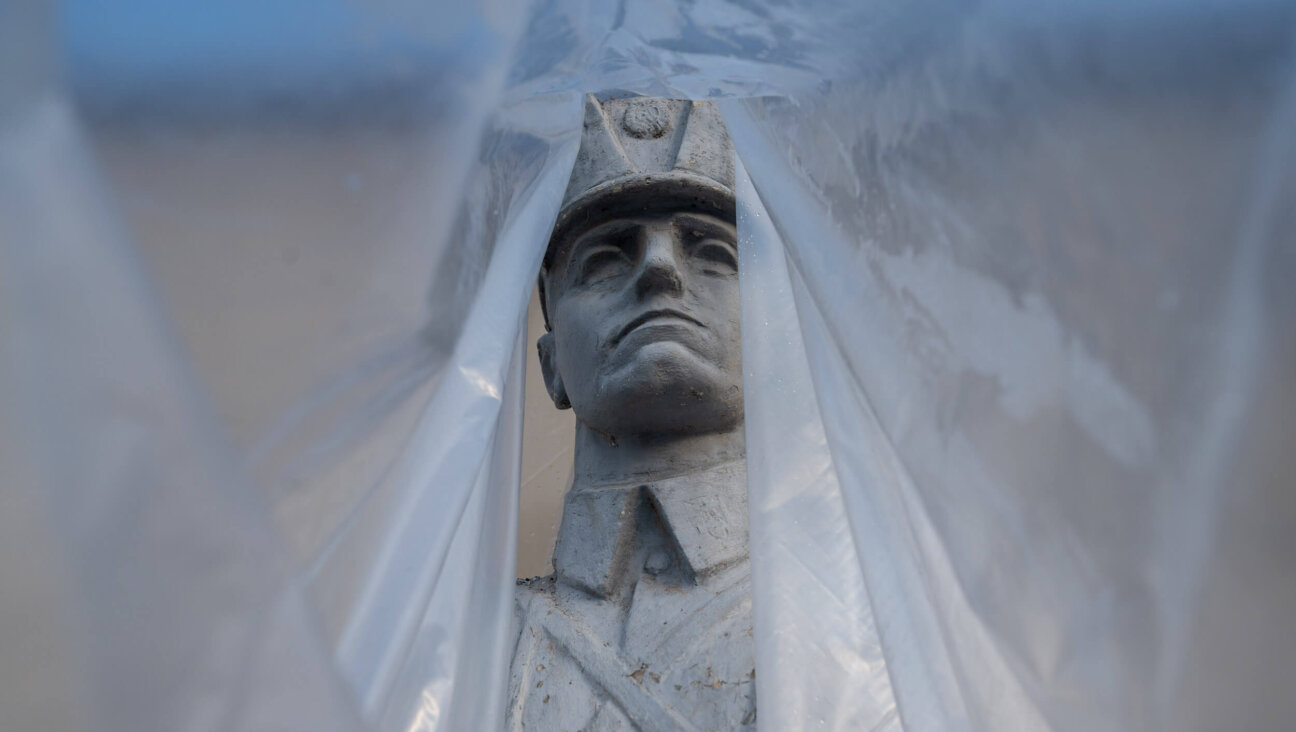Opulent 1,500-Year-Old Mosaic Is Unearthed

Image by haaretz
A magnificent 1,500-year-old mosaic floor has been uncovered by archeologists near Kibbutz Beit Kama in the south, the Israel Antiquities Authority announced Sunday.
The mosaic was the most outstanding find in a Byzantine-era village unearthed in the Negev during a survey conducted prior to construction of a highway.
The village, which thrived from the 4th through 6th centuries C.E., encompassed about six dunams – or an acre and a half – and was discovered under the fields of the kibbutz. Among the finds was a public building measuring 12 meters by 8.5 meters (about 40 feet by 26 feet) containing the mosaic floor. Archaeologists assume the building was a public one due to its size and relative opulence.
The colorful mosaic includes geometric motifs and features amphorae – wine containers— in the corners, as well as a pair of peacocks and a pair of doves pecking at grapes on grapevines. The combination of so many motifs in one mosaic is unusual, say Israel Antiquities Authority officials.
For more, go to Haaretz
The Forward is free to read, but it isn’t free to produce

I hope you appreciated this article. Before you go, I’d like to ask you to please support the Forward.
Now more than ever, American Jews need independent news they can trust, with reporting driven by truth, not ideology. We serve you, not any ideological agenda.
At a time when other newsrooms are closing or cutting back, the Forward has removed its paywall and invested additional resources to report on the ground from Israel and around the U.S. on the impact of the war, rising antisemitism and polarized discourse.
This is a great time to support independent Jewish journalism you rely on. Make a gift today!
— Rachel Fishman Feddersen, Publisher and CEO
Support our mission to tell the Jewish story fully and fairly.
Most Popular
- 1

Opinion The dangerous Nazi legend behind Trump’s ruthless grab for power
- 2

Opinion A Holocaust perpetrator was just celebrated on US soil. I think I know why no one objected.
- 3

Culture Did this Jewish literary titan have the right idea about Harry Potter and J.K. Rowling after all?
- 4

Opinion I first met Netanyahu in 1988. Here’s how he became the most destructive leader in Israel’s history.
In Case You Missed It
-

Culture I have seen the future of America — in a pastrami sandwich in Queens
-

Culture Trump wants to honor Hannah Arendt in a ‘Garden of American Heroes.’ Is this a joke?
-

Opinion Gaza and Trump have left the Jewish community at war with itself — and me with a bad case of alienation
-

Fast Forward Trump administration restores student visas, but impact on pro-Palestinian protesters is unclear
-
Shop the Forward Store
100% of profits support our journalism
Republish This Story
Please read before republishing
We’re happy to make this story available to republish for free, unless it originated with JTA, Haaretz or another publication (as indicated on the article) and as long as you follow our guidelines.
You must comply with the following:
- Credit the Forward
- Retain our pixel
- Preserve our canonical link in Google search
- Add a noindex tag in Google search
See our full guidelines for more information, and this guide for detail about canonical URLs.
To republish, copy the HTML by clicking on the yellow button to the right; it includes our tracking pixel, all paragraph styles and hyperlinks, the author byline and credit to the Forward. It does not include images; to avoid copyright violations, you must add them manually, following our guidelines. Please email us at [email protected], subject line “republish,” with any questions or to let us know what stories you’re picking up.














